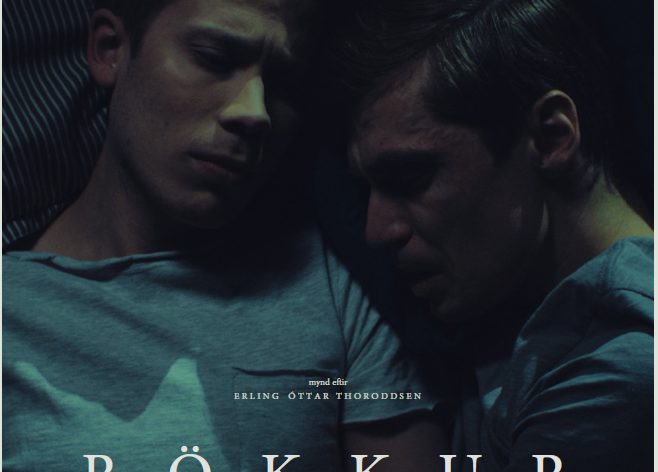Rift
Rift
Images
“Time heals everything but wounds.”
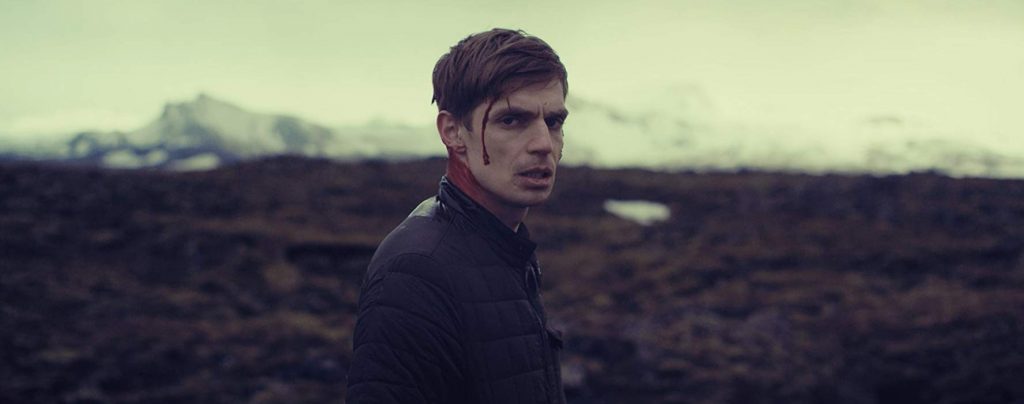
The most eclectic genre of film, by far, is the horror genre. There is an endless list of sub-genres within it that can be congruous with what we are in the mood for. When we’re in the mood for something ‘serious and challenging’, we can watch a psychological horror film. When we want to watch something a bit more ‘lighthearted’, we can find some laughs in a horror comedy. When we want to watch something that is ‘candy to the eyes’ but doesn’t require too much concentration, we can watch an arthouse horror flick. You get the idea, right? One of the sub-genres that I haven’t really delved into is ‘gay horror’. I initially thought that the lack of quality within the sub-genre was the reason for my unfamiliarity, but after giving it some further thought and research, I’ve discovered that it’s actually an issue of quantity.
There are of course a number of gay horror titles that many of you can list off the top of your head, and quite a number of popular TV shows have even featured an array of gay characters recently, such as the surprisingly well-depicted Father Marcus in Fox’s now-cancelled The Exorcist, and the more fun and flamboyant characters of Ryan Murphy’s American Horror Story. But when it comes to film, how many titles can be listed that don’t fall into the unoffically named but undeniably existing ‘David DeCoteau’ style of horror? Are ‘serious and challenging’ gay horror flicks too elusive? And if so, how far does one have to go to track one down? It turns out that I needed to look no further than Iceland; this mysterious and striking Country is already rich in folklore and legends, so it should have been a no-brainer. And while ‘Rift’ is not exactly a horror film, it’s more of a drama/thriller, it’s definitely a film that horror fans will appreciate.
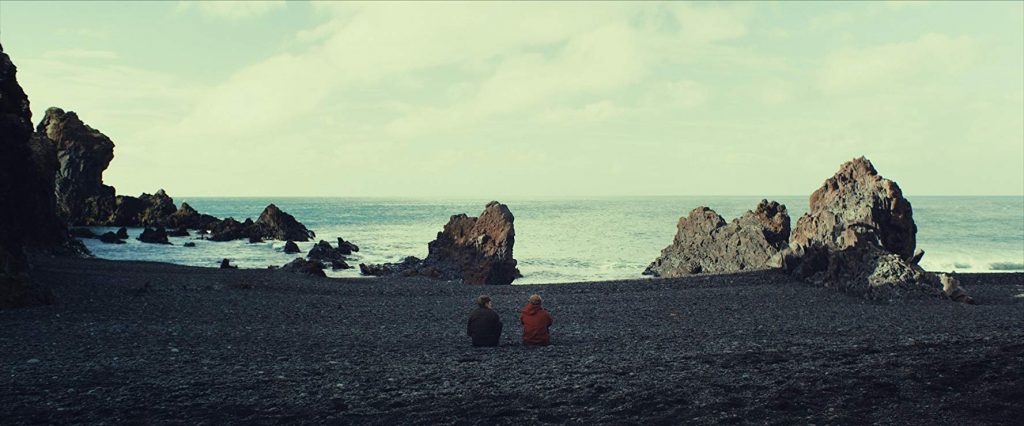
Incidentally, the original Icelandic title ‘Rökkur’ translates to ‘Twilight’, and Erlingur Óttar Thoroddsen, the film’s director, was very conscious when selecting the proper English title to avoid any confusions with the infamous vampire tween romance. With that said, the two films couldn’t be more different. The film begins with a shot of our lead character, Gunnar. Blood is displayed on his countenance and a voiceover helps to further establish that we are witnessing the end of the story. Within the next couple of scenes, we learn that he had received a cryptic phone call from his ex-boyfriend, Einar, which caused him to suspect that there was something wrong. He leaves his current boyfriend home alone that night and makes his way to Einar’s parent’s remote cabin. When he arrives, he finds that Einar is physically okay, but it is apparent that he has been drinking and is still struggling to deal with their breakup. Gunnar decides to stay the night to make sure that Einar is okay and to avoid potentially falling asleep on the drive back. During the course of the night we begin to learn more about their past relationship and why it ended, but just as we begin to get some answers, more questions arise. Are they truly alone in this cabin? Who is the figure that Gunnar continues to run into? Is he the one knocking on the door late at night? Why did Einar suddenly start to sleepwalk? What really happened before the breakup?
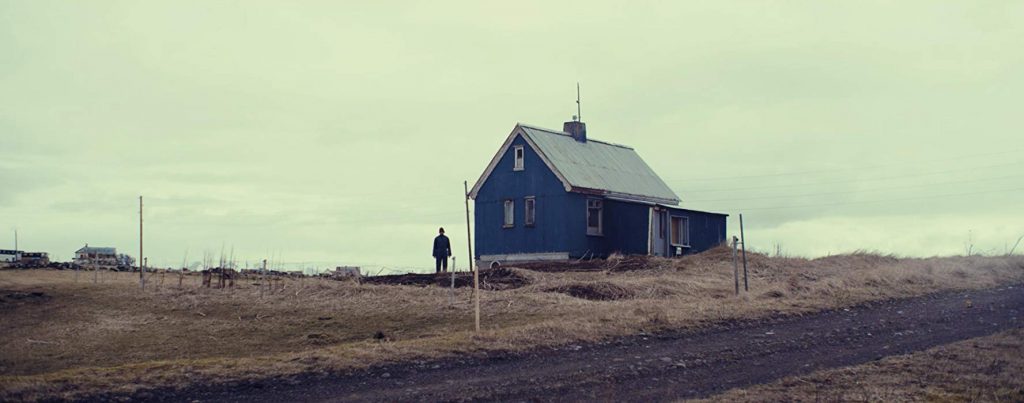
I’ve seen other reviewers describe this film as “Hitchcockian”, and I can certainly see why; the amount of precision on display is astounding. Thoroddsen knew exactly when to hold back and how to meticulously transition from the character drama that takes up most of the first half to the film, to the harrowing dream-like ‘what the heck is going on’ portion of the last half. There are a few mere mentions of people and certain events from the past that end up coming back to haunt the characters in the third act which I found incredibly effective. As I mentioned before, this is not a horror movie, but the way that the director demonstrates how our past can haunt us is nothing short of exceptional. I especially enjoyed the bit with a character named Lemmoy, but I will not spoil that here.
The film might leave you in a state of dejection because of its raw portrayal of the end of a relationship and because of a disheartening monologue regarding a traumatic event. A lot of the early scenes deal with Gunnar and Einar being confrontational about their feelings regarding the breakup, and there is no doubt in my mind that most viewers, whether gay or straight, will heavily relate to the disconsolate atmosphere that these types of conversations provoke. The performances greatly enhance the experience, and whether you’re used to reading subtitles or not, the emotions in the actor’s voices are so transparent that they almost transcend language. To contrast the film’s more melancholy content, we are treated to some of Iceland’s gorgeous landscapes. Even though the setting adds to the feeling of isolation, you’ll find yourself getting lost in the scenery and mentally basking in its beauty.
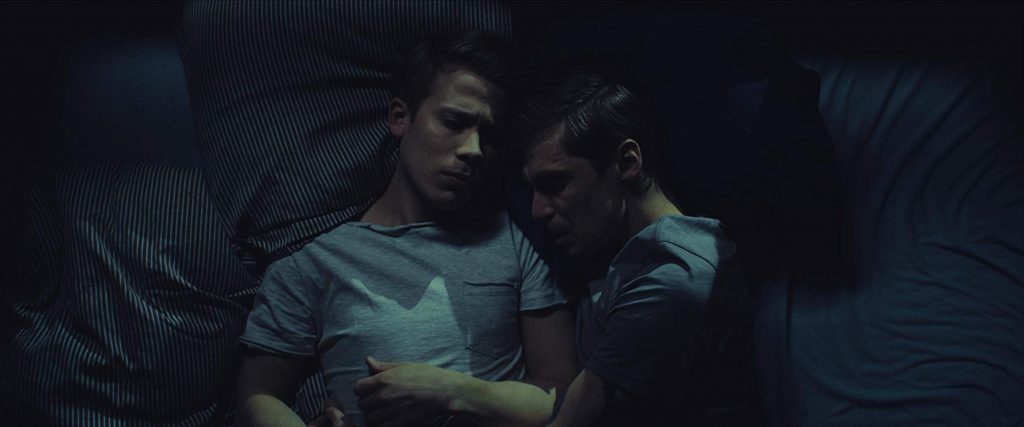
Rift is available to stream on Amazon Prime, Youtube, and Google Play, but you can also buy a physical copy on DVD in Region 1. I definitely recommend it to those of you who do not mind a “slow” film. I used quotations because I’m usually the last person to call a film slow, but it is a term I’ve heard used very often when it comes to films like this. A fair warning though: the film does boast a rather equivocal ending, so be prepared to finish it with a strong wave of uncertainty. For a film that was shot on location in only fifteen days, it proved to be very engrossing, rewarding, and it has stayed with me ever since. I ardently hope that the gay horror sub-genre adopts this style of film for some of its future releases so that the stereotypes displayed in previous films can take the bench for a while. Variety is always good, especially in the LGBTQ subculture!
One last word of advice: “Don’t pick up a hitchhiker.”

